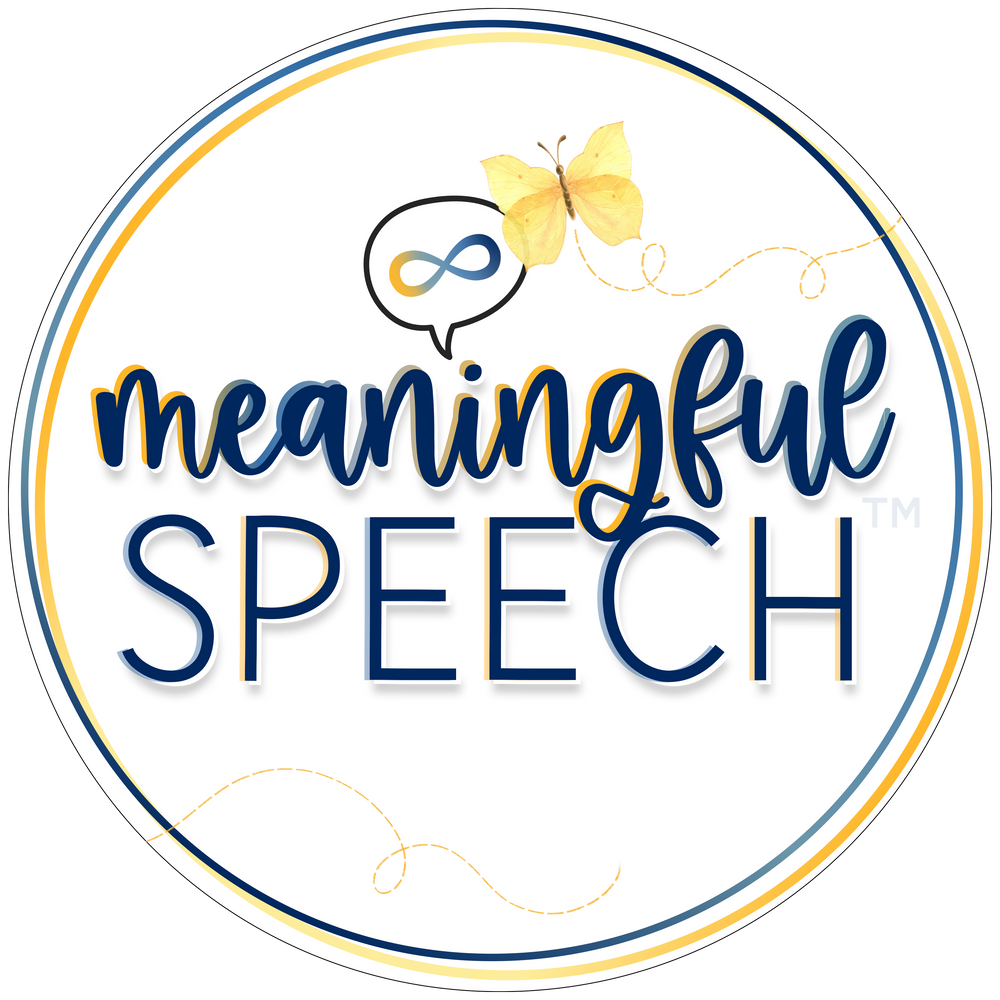Two Types of Language Development
Jul 06, 2022
Did you know there are two ways children can develop language?!
Most people are only familiar with Analytic Language Development. Analytic language processors start speaking by babbling, move onto words, then two word combinations, phrases, sentences and eventually conversation while developing grammar. In Gestalt Language Development children arrive at the same place- original, flexible language but the steps to getting there are much different. Gestalt language processors (or GLPs) start out with a phrase, complete sentence or word that holds larger meaning for them and usually is intonationally defined. They then move on to mitigated echolalia where they are able to mix and match parts or chunks of language from the original gestalt (or script). In stage 3 they begin to process words as units and "free" single words from the larger chunks or gestalts and begin to create two word combinations. In stage 4 gestalt language processors begin to create novel utterances with beginning grammar. After this, in stages 5-6, child are using advanced and more complex grammar. So, same ending but much different process!
Prizant and Wetherby outlined these two types of language development in "Profiling Young Children's Communication Competence" in 1992. They called analytic language processors "word babies" and gestalt language processors "intonation babies." They pointed out that analytic language processors's basic units of language are single words, language use is generalized to relevant objects and events quickly, focus on referential use of utterances (labeling objects) and semantic relationships of language. Gestalt language processors's basic units of language may be words, phrases and/or complete sentences, language use remains specific to situational contexts for longer periods of time, focus on intonation and social interaction structure of language.
Natural Language Acquisition
Speech-language pathologist, Marge Blanc coined the term "Natural Language Acquisition" when she published her book by the same title in 2012. The NLA framework guides our therapy as speech-language pathologists working with GLPs. Research from Prizant et al, Dr. Ann Peters and Marge's 20 years of clinical longitudinal research are in the book. Marge's book is also very parent friendly and teaches parents how to model language for their kids at home.
Check out our Instagram post on this topic and comparing the two way to develop language here.
Want to learn more in-depth information about how to support gestalt language processors?
- There are many free podcasts, webinars and articles to get you started. A comprehensive list of resources can also be found on our website and Communication Development Center's website.
- Consider taking the Meaningful Speech course to learn more about how your child or client processes language, how you can help support them from echolalia to self-generated (original flexible) language, child-led therapy, and neurodiversity-affirming practices.
- Consider taking our AAC + Gestalt Language Processing course. It will teach you how to identify, evaluate and support gestalt language processors who use AAC or who you think might benefit from AAC.
- Look for a speech-language pathologist (SLP) who "gets it" and can help you in supporting your child's language development. Check out our registry. for SLPs who understand gestalt language processing and child-led therapy.
